 |
 |
 |
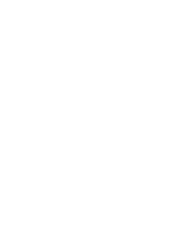
|
Kenzo, design label, Woman’s Ensemble (sweater, skirt, overskirt, coat, scarf), Autumn/Winter 1994. Helen M. Danforth
Acquisition Fund. RISD Museum, Providence, RI.
|
|
 |
SWAGGED AND POUFED
The Upholstered Body in the Late 19th Century and Today
22/1/2016-3/7/2016
In 1890, English designer and activist William Morris quipped that most women dressed as though they were “upholstered like arm-chairs.” Under layers of folds, ruching, tassels, and fringe, fashionable women found themselves nearly buried amid cascades of rich and weighty fabric, on the verge of becoming fixtures in their own drawing rooms.
Likewise, a popular French publication had announced in 1868 that “The upholsterer is at the same time the tailor and the milliner of the room.” The distinction between dressing one’s home and dressing the female body threatened to become almost nonexistent.
|

|
Posted 7 February 2016
|
Share this:
|
|
The elaborate late-19th-century fashions on view in this gallery, accompanied by contemporaneous illustrations of modish interiors, exemplify the luxury of material, eccentricities of form, and layering of historical and cross-cultural references typical of the period. They also provide a new framework for interpreting more recent garments that similarly blur the boundary between upholstery and fashion. In this context, opulent late-Victorian garments and avant-garde contemporary ensembles share an artifice that does not often come to light, allowing us to note innovation in historic pieces and tradition in the new.
|
|
|
|

|

|

|
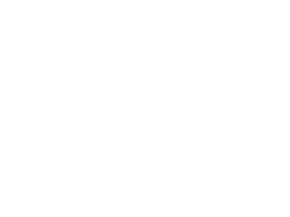
Drapery is to a room what dress is to the human figure.
—from Hints on Houses and House Furnishing
(London: Groombridge & Sons, 1855)
|
|
Fashion plates in popular publications of the 1870s and 1880s attest to the predilection for the swags and poufs, richfabrics, and elaborate trim that defined both the well-outfitted woman and her domestic interior. In the “Chitchat on Fashions” section of the December 1878 issue of Godey’s (see fashion plate at top left), the editors wrote: “No piece is left for sweet simplicity. There are lappets of every shape and length, waistcoats of one color and tabliers of another, flutings of cashmere, and draperies of brocade, ruches of silk, and bias bands of striped satin.” The accompanying illustration at right, from How to Furnish a Home (1882), shows a similar approach to a lady’s boudoir.
|
|
|
|
|

|

|

|
The visually complex artifice of skillfully manipulated textiles served as an ever-present reminder of the prosperity and progress of the Western world. On the body and in the parlor, an abundance of ornate textiles with specialized construction details signaled personal cultivation and refinement, as well as the technological achievements and industrial power of Europe and America in the latter decades of the 19th century.
In this dress, made for a member of Providence’s Goddard family, the renowned couturier Charles Frederick Worth masterfully manipulated ribbons, draperies, pleated bands, and fringes into an elaborately layered autumnal ensemble. The bodice’s doublet silhouette and the false slashing on the sleeves allude to Renaissance styles. These historical references fluidly mix with contemporary trends, such as the yellow ochre and olive green color scheme (strongly associated with the Aesthetic movement; see the ca. 1880 curtain design at right) and the voluminous folds of the bustle drape and double swags defining the skirt at back. The ruched yellow panel at front closely resembles the festoon-blind window treatment in the nearby illustration.
|
|
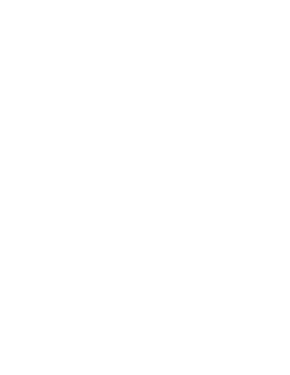
House of Worth, design house
Paris, 1858–1956
Charles Frederick Worth, designer
French, 1825–1895
Reception Dress, ca. 1874
Silk plain weave with cotton net inserts and silk embroidery, applique, and fringe
Gift of the Goddard Family 2005.89.12
|
|
|
|
|

|

|

|
The sumptuous voided velvet of this fitted evening mantelet was inspired by Persian textile designs, a reference that would have summoned for the wearer and her audience associations with exotic splendor, technical skill, and personal refinement. Garments like this one were worn outside and therefore seen by many, and as the Godey’s February 1880 issue makes clear, they were often weighed down with opulent cross-cultural references:
The Mante, or mantelet, . . . is made only of rich materials, such as brocaded or damassee silk, stamped or embossed velvet, or Indian cashmere covered with rich silk embroidery. It is beautifully trimmed with thick lace ruches beaded with jet, elaborate passementeries with tiny plush tassels, full copeaux fringes of waved silk braid, or of chenille with tiny satin balls and elegant network headings; silk embroidery and passementerie ornaments complete the trimmings.
|
|
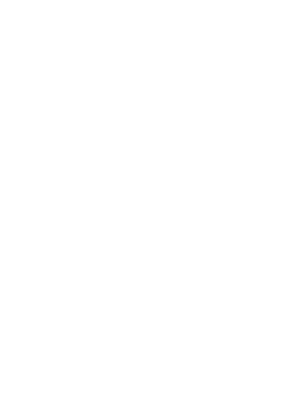
Probably French
Mantelet, ca. 1890
Silk voided velvet with ostrich-feather trim
Gift of Lea S. Luquer 57.080.1
|
|
|
|
|
|
In addition to the enveloping application of pleats, gathers, and caterpillar fringe, this 1884 dress is defined by its “centaur” silhouette, created by the juxtaposition of tightly fitted bodice and shelf-like bustle. As Marcel Proust wrote in In Search of Lost Time, women were “either straightlaced to suffocation or else completely buried” in “the architecture of these fripperies.”
An 1882 article in The Decorator and Furnisher describes similar styles in home decor: “The Parisian tapissier [upholsterer] gathers up, crumples, and rumples plush, broche (brocaded) silks, lampas, satins, and scores of rich tissues that Lyon is continually turning out, with an art, a grace, an indescribable chic of the Parisian modistes and dressmakers.”
|

|

|

|
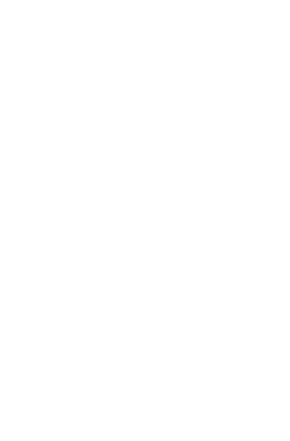
Maison Christian Dior, design label
Paris, 1947–present
Gianfranco Ferré, creative director (1989–1997)
Italian, 1944–2007
Dress Ensemble (dress and vest), Fall/Winter 1994/1995
Silk jacquard weave, velvet, and fringe
Helen M. Danforth Acquisition Fund 2015.29.3
|
|
Trained as an architect and known for his structured fashion designs, Gianfranco Ferré produced this lavish dress toward the end of his tenure as creative director at Dior. Viewed alongside late-19th-century garments and compared to drapery illustrations, the dress quickly reveals its sources of inspiration. The ornate ogival (or pointed-oval) pattern recalls sumptuous fabrics like those in the mantle and mantelet seen here, the exaggerated pouf skirt points to bustle silhouettes, and the line of silk fringe at the hem—punctuated by a large decorative tassel hanging from an upholstery ball—is remarkably akin to the 1876 illustration nearby.
|
|
|
|

|

|

|
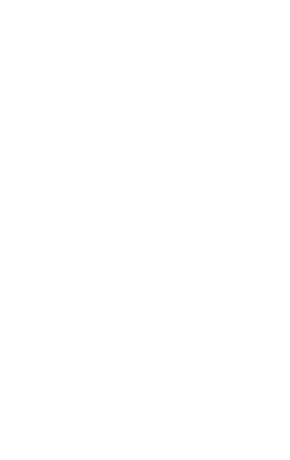
Kenzo, design label
Tokyo and Paris, 1970–present
Kenzo Takada, designer
Japanese, b. 1939
|
|
Woman’s Ensemble (sweater, skirt, overskirt, coat, scarf), Autumn/Winter 1994 Wool knit (sweater); wool plain weave (skirt); cotton plain weave with silk and silk chenille yarn continuous supplementary weft patterning (overskirt); printed silk velvet
The individual elements in this heavily layered ensemble by Japanese designer Kenzo Takada include references spanning the Silk Road from Mongolia through Central Asia to Eastern Europe. In particular, the voluminous and opulent printed velvet coat gives the appearance of a Central Asian carpet thrown over its wearer’s shoulders. The coat’s interior—a pattern of hazy tulips—bears a striking resemblance to this mid-19thcentury carpetbag.
The 1884 illustration nearby reveals a kindred taste for enveloping layers oculturally and materially differentiated textiles.
|
|
|
|
|
|
|
|
|
|


